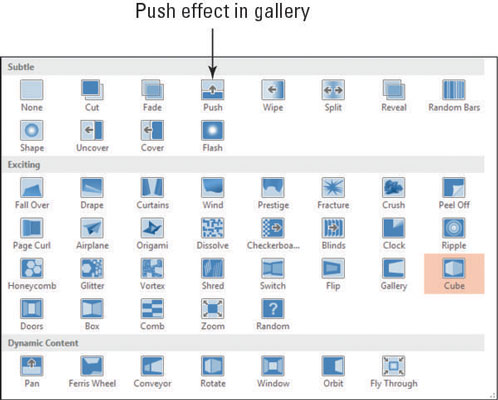
Place Millipore® or Nucleopore® membrane filter (5 µm pore) in filter holder with syringe attachment.Prepare thick and thin smears allow to dry dip in absolute methanol before Giemsa staining to enhance staining of microfilariae.Sediment is composed of WBCs and microfilariae (if present). Centrifuge at 500 × g for 10 minutes discard supernatant. Mix 9 ml of this 2% formaldehyde with 1 ml of patient’s venous blood.Prepare 2% formaldehyde (2 ml of 37% formaldehyde + 98 ml H2O).Anticoagulated (EDTA) venous blood (1 ml) should be concentrated by one of the following methods:.Since microfilariae concentrate in the peripheral capillaries, thick and thin smears prepared from fingerstick blood are recommended. Special Procedures for Detecting Microfilariae This works adequately if one makes sure that of the two smears, only the thin smear is fixed. Note: Under field conditions, where slides are scarce, national malaria programs (and CDC staff) prepare both a thick and a thin smear on the same slide. Fix the smears by dipping them in absolute methanol.(They dry much faster than the thick smears, and are less subject to detachment because they will be fixed.) This is achieved by using the correct amount of blood and spreading technique. Make sure that the smears have a good feathered edge.Quickly push the upper (spreader) slide toward the unfrosted end of the lower slide.Bring another slide at a 30-45° angle up to the drop, allowing the drop to spread along the contact line of the 2 slides.Place a small drop of blood on the pre-cleaned, labeled slide, near its frosted end.In the feathered edge, the cells should be in a monolayer, not touching one another. Thin smears consist of blood spread in a layer such that the thickness decreases progressively toward the feathered edge. Reference: Norgan AP, Arguello HE, Sloan LM, Fernholz EC, Pritt BS. The smear can then be stained as soon as it is dry, generally within 20-30 minutes of smear preparation. The scratches allow for improved adherence of the blood film to the slide without affecting the smear morphology. The process is similar to making a normal thick film, but instead of using a stick to spread the blood, the edge of a glass microscope slide is used, while applying firm pressure to create small scratches in the underlying slide. The scratch method is an alternate method for making thick films that allows for improved adherence and faster turnaround times. If there will be a delay in staining smears, dip the thick smear briefly in water to hemolyse the RBCs.


You can accelerate the drying by using a fan or hair dryer (use cool setting). At room temperature, drying can take several hours 30 minutes is the minimum in the latter case, handle the smear very delicately during staining. The risk is increased in smears made with anticoagulated blood.

Insufficiently dried smears (and/or smears that are too thick) can detach from the slides during staining.

Thick smears consist of a thick layer of dehemoglobinized (lysed) red blood cells (RBCs). If you are using venous blood, blood smears should be prepared as soon as possible after collection (delay can result in changes in parasite morphology and staining characteristics).


 0 kommentar(er)
0 kommentar(er)
